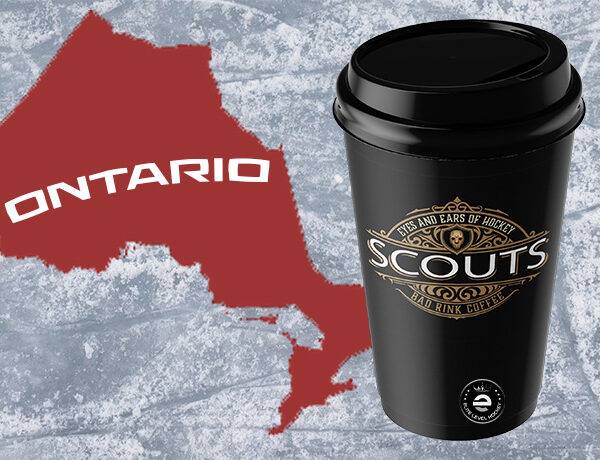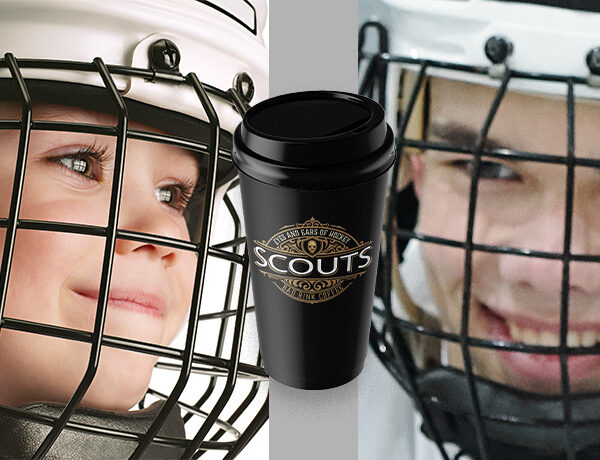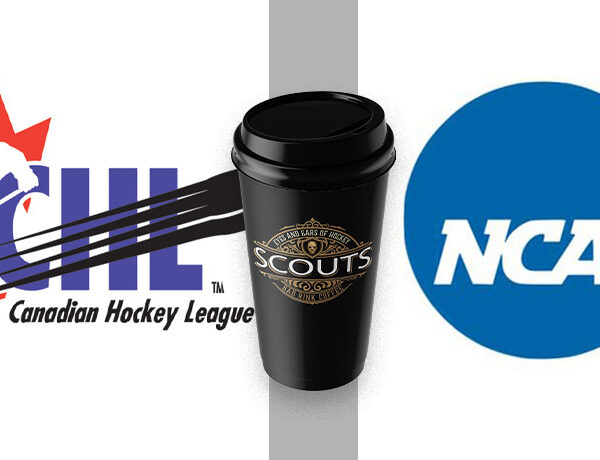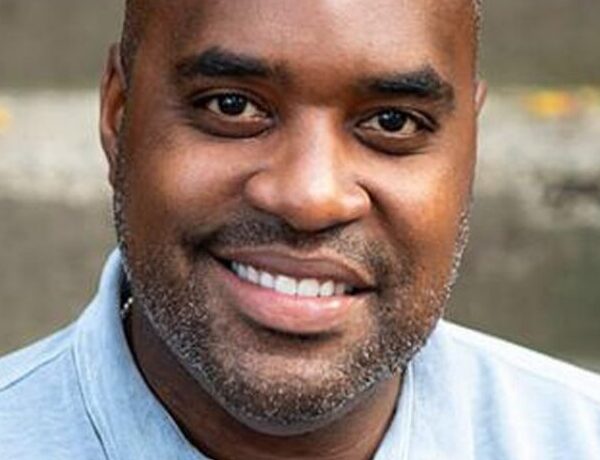The past year has not been easy for anyone in the hockey community, especially in Ontario. The complete shutdown of hockey has left players anxious to play, parents worried about their child’s development and teams struggling to navigate recruitment and player evaluations.
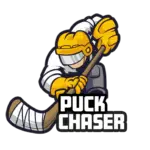 The upcoming OHL Draft is a lightning rod for all of this uneasiness. With unsubstantiated rumours of back-door dealings between agents and teams, innuendos of back-handed recruitment deals mixed in with a double dose of the usual pre-draft angst, and you have a perfect storm. What should a family do?
The upcoming OHL Draft is a lightning rod for all of this uneasiness. With unsubstantiated rumours of back-door dealings between agents and teams, innuendos of back-handed recruitment deals mixed in with a double dose of the usual pre-draft angst, and you have a perfect storm. What should a family do?
Sign on with one of the many “Scouting Insider” websites? Start promotional videos from random training skates and plaster over social media? Show video of your kid doing box jumps in the basement?
First of all, take a deep breath. The reality is that this is not the time to overreact to the unique circumstances these players are facing because of COVID-19 restrictions. The message should be that this is one stop in a very long journey that will have more than its share of bumps in the road along the way.
Ontario Hockey League teams recognize that they are up against an impossible task. Not only do scouts have limited viewings of players and often are basing decisions on stats from a year ago, you also have a “snake draft” that sees teams picking #1 not picking again till #40.
The #20 pick will get the #21 pick as well as the #1 Euro pick. (Congrats to the Barrie Colts on that horseshoe luck)
This type of draft has led teams to realize that there will be a lot of good players available in middle rounds. They also know that many of the late picks may be extremely undervalued and some of the higher picks may be overvalued.
Through conversation with scouts and executives, it appears teams are spending extra time on the background checks of players with work ethic and personality traits now just as important as perceived skill sets.
There is no doubt players will be drafted higher and lower than they should be this year. The other fact is that there will be a number of good players completely missed in this draft. While it happens in every draft, it is going to happen a lot in this one.
The development from U15 (bantam) to U18 (midget) is exponential in many kids and being missed in this year’s draft is inevitable if the player was unable to highlight these gains in comparable situations.
Being drafted late or not being drafted at all — especially this year— is not necessarily a negative outcome. It should be viewed as an opportunity. To understand the why, it is important to look at options available to 16-year-old players.
Each OHL team can only keep four 16-year-old players on their roster. Ontario Junior Hockey League teams are allowed two (they can apply for more via a card allocation process) and Junior B and C teams are allowed one each. This extremely limits the number of available spots for these players to play junior hockey.
There are also rules and guidelines around the amount of ice time that these players are required to receive. While each situation is different. the key thing is the players need to play.
The more they play the better. Because the OHL draft will have so many hit and misses, the view by many is that not as many 16-year-old players will make OHL teams this year as would usually make it.
Many players will need more development and more playing time. This means that this upcoming season should be one of the best major midget (U18) years on record. Scouts will be scouring to find kids that were overlooked. While U18 AAA hockey is a fantastic option, many players and families do not fully appreciate it. Everyone is eager to move to the next level, but this year it may be the best option to be seen by scouts.
NCAA teams are benefitting from the fact that this COVID-induced glitch in the OHL recruiting machine may allow more players to slip through and give them a better chance of landing a top end talent that may have traditionally chosen the OHL route.
More and more players are choosing the NCAA route and with so much upheaval with this year’s draft, the NCAA recruiters are expecting a bumper crop of recruits to be available with the 2005 age group.
The decision to take a card in the OJHL or Junior B or C is not to be taken lightly as there are many things to consider.
Are the junior teams skating everyday? Who are the coaches? Do they have strength and conditioning coaches? Do they have skill providers attached to the teams? What is the makeup of the team? What is the culture like? All of these questions need to be evaluated. Placing your 16-year-old son on a team of Junior C men — who could be as old as 21 — may pay dividends, but if the culture is off it also could be detrimental.
The advice here is trust the process. Getting drafted to the OHL is a proud moment for players and family. It’s a milestone to be cherished and celebrated. It identifies achievement but it also needs to be looked at as just another milestone. It’s not how good you are at 16, it’s how good you are at 21.
Players need to play and develop. Players need to want it more than the next guy to reach that next level. And sometimes, you need to find that situation where someone believes in you. This year more players will get that “free agent” feeling as they try to find that perfect route for them
Best of luck to everyone.
Amateur Hockey Scouting
There are several hockey showcase events for U16 players in Ontario but the best way to get noticed at any age is consistent, high-level play.
Good communication within an organization can make it easier for a hockey scout to spot specific skills a team is looking for in a player.
Hockey scouts preach patience when it comes to giving advice to hockey parents and stress that players all develop at different rates.
Hockey scouts preach patience when it comes to giving advice to hockey parents and stress that players all develop at different rates.
Hockey scouts discuss the differences between the Canadian Hockey League and NCAA as options for young Canadian hockey players.
There are several factors a young player must look at when selecting a hockey agent according to Panthers Assistant GM Brett Peterson
Hockey scouts look for negative attributes such as body language and questions about a player’s character when evaluating talent.
The post U18 Hockey Gives Players Another Chance to Shine appeared first on Elite Level Hockey.

